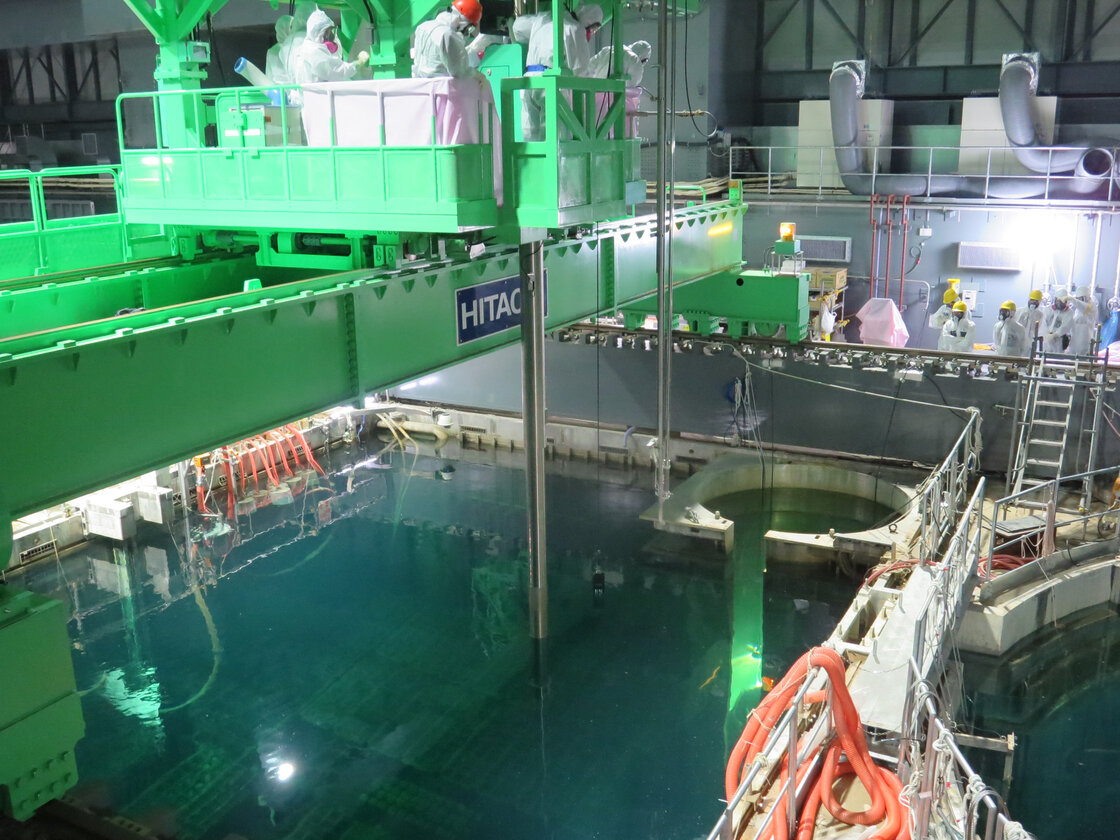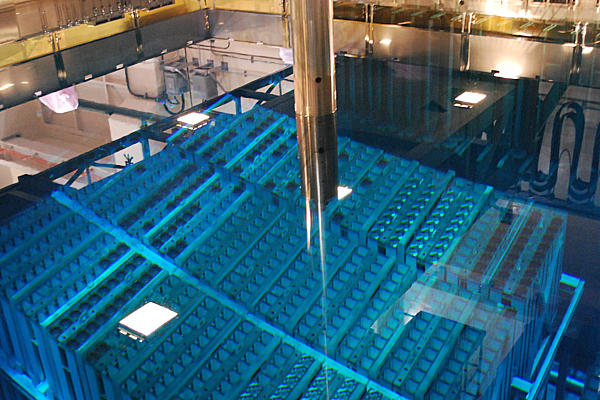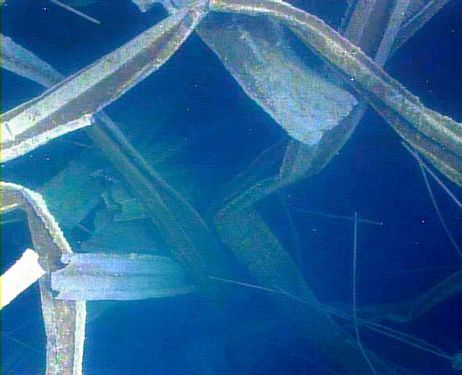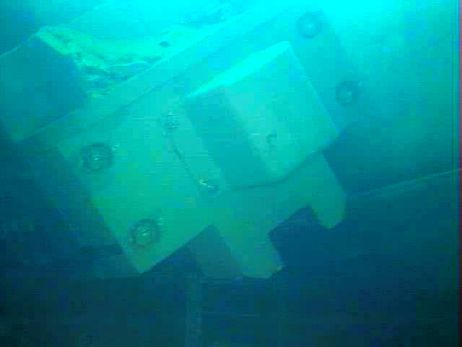medialens | The focus on the 'narcissism' of leading dissidents is a recurring
theme across the corporate media. Bloomberg Businessweek featured an
article
entitled, 'The Unbearable Narcissism of Edward Snowden.'
Jeffrey Toobin
condemned Snowden in the New Yorker as 'a grandiose narcissist who deserves to be in prison'.
'I think what we have in Edward Snowden is just a narcissistic young man who has decided he is smarter than the rest of us.'
'Everything about Edward Snowden is
ridiculously cinematic. He is not paranoiac; he is merely narcissistic.
He jettisoned a girlfriend, a career and, undoubtedly, his personal
freedom to expose programs...'
Cohen detected no cognitive dissonance in the idea that a narcissist
would be willing to sacrifice his girlfriend, career and personal
freedom to expose political corruption. In reality, this is exactly what
narcissists are not inclined to do.
Similarly, Seumas Milne
protested
in the Guardian that, despite not having been charged, let alone
convicted, of any crime: 'as far as the bulk of the press is concerned,
Assange is nothing but a "monstrous narcissist", a bail-jumping "sex
pest" and an exhibitionist maniac'.
Sir Harold Evans
commented
in the Observer: 'I have not been impressed by the blather about
"freedom of the press" surrounding the narcissistic Edward Snowden...'
Glenn Greenwald who, unlike most of the above critics, has met Snowden and worked closely with him,
observed:
'One of the most darkly hilarious things
to watch is how government apologists and media servants are driven by
total herd behavior: they all mindlessly adopt the same script and then
just keep repeating it because they see others doing so and, like
parrots, just mimic what they hear... Hordes of people who had no idea
what 'narcissism' even means - and who did not know the first thing
about Snowden - kept repeating this word over and over because that
became the cliche used to demonize him.
'The reason this was darkly hilarious is
because there is almost no attack on him more patently invalid than this
one. When he came to us, he said: "after I identify myself as the
source and explain why I did this, I intend to disappear from media
sight, because I know they will want to personalize the story about me,
and I want the focus to remain on the substance of NSA disclosures."
'He has been 100% true to his word. Almost
every day for four months, I've had the biggest TV shows and most
influential media stars calling and emailing me, begging to interview
Snowden for TV. He has refused every request because he does not want
the attention to be on him, but rather on the disclosures that he risked
his liberty and even his life to bring to the world.'
But according to the Daily Banter
blog, none of this should be taken seriously. Why?
'Glenn Greenwald has been looking to take
down Obama and feed his own depthless narcissism for years now. He just
managed to accomplish one of these goals in spades...'
Further ironies afflict these many casual denunciations of Assange,
Brand, Snowden and Greenwald as 'sexists' and/or 'narcissists'.
Most commentators – including many on the left - appear to have little or no understanding of what these terms actually mean.
As the psychologist and social theorist Erich Fromm noted, narcissism
in fact is characteristic of individuals 'who are preoccupied with
themselves and who pay little attention to others, except as echoes of
themselves' (Fromm, The Heart Of Man, American Mental Health Foundation,
2010, p.66). A narcissist is unable to see issues from the point of
view of others and has 'a lack of genuine interest in the outside
world'. (p.67)
But as Fromm (and Freud) also noted, 'even in the case of normal
development, man remains to some extent narcissistic throughout his
life'. Indeed, 'The "normal," "mature" person is one whose narcissism
has been reduced to the socially accepted minimum without ever
disappearing completely.' (pp.60-61)
In other words, rare corporate bodhisattvas aside, the critics
damning Assange, Brand, Snowden and Greenwald as 'narcissists' are busy
throwing stones in greenhouses. But this only scratches the surface of
their hypocrisy.
Sexism, of course, is a prime example of 'group narcissism', the idea
that: "'I am somebody important because I belong to the most admirable
group in the world – I am white"; or, "I am an Aryan".' (p.76) Or
indeed, 'I am male.'
Group narcissism is so dangerous because it generates extreme distortions of rational judgement. Fromm commented:
'The object of narcissistic attachment is
thought to be valuable (good, beautiful, wise, etc.) not on the basis of
an objective value judgement, but because it is me or mine.
Narcissistic value judgement is prejudiced and biased.' (p.70)
This, of course, is in direct collision with rational analysis,
scientific method and simple common sense. Alas, Fromm concluded that
despite some ameliorating impacts from higher education, 'it has not
prevented most of the "educated" people from joining enthusiastically
the national, racial, and political movements which are the expression
of contemporary narcissism'. (p.81)
And this, indeed, is the great irony of so much criticism of Brand
the 'narcissist'. Because Brand is a rare dissident precisely
throwing off the corporate chains of 'contemporary narcissism' to
point out 'the absolute, all-encompassing total corruption of our political agencies by big business'.
'The planet is being destroyed. We are
creating an underclass. We are exploiting poor people all over the
world. And the genuine legitimate problems of the people are not being
addressed by our political class.'
These are some of the central truths and crises of our time
that corporate journalists employed by the very system doing the damage
will not and cannot discuss. Brand's willingness to discuss them in the
face of intense pressure to do otherwise - the corporate system will
continue to strongly punish him for speaking out – his empathy with
victims of corporate power, are again the exact opposite of what one
would expect from a narcissist.
On the other hand, the determination of corporate commentators to
ignore the importance and truth of Brand's arguments, and to focus
instead on his 'sexism', 'narcissism', and his relationship with Jemima
Khan, are classic examples of group narcissism; of journalists
prioritising their careers, their corporations, their class, 'not on the
basis of an objective value judgement, but because it is me or mine'.











